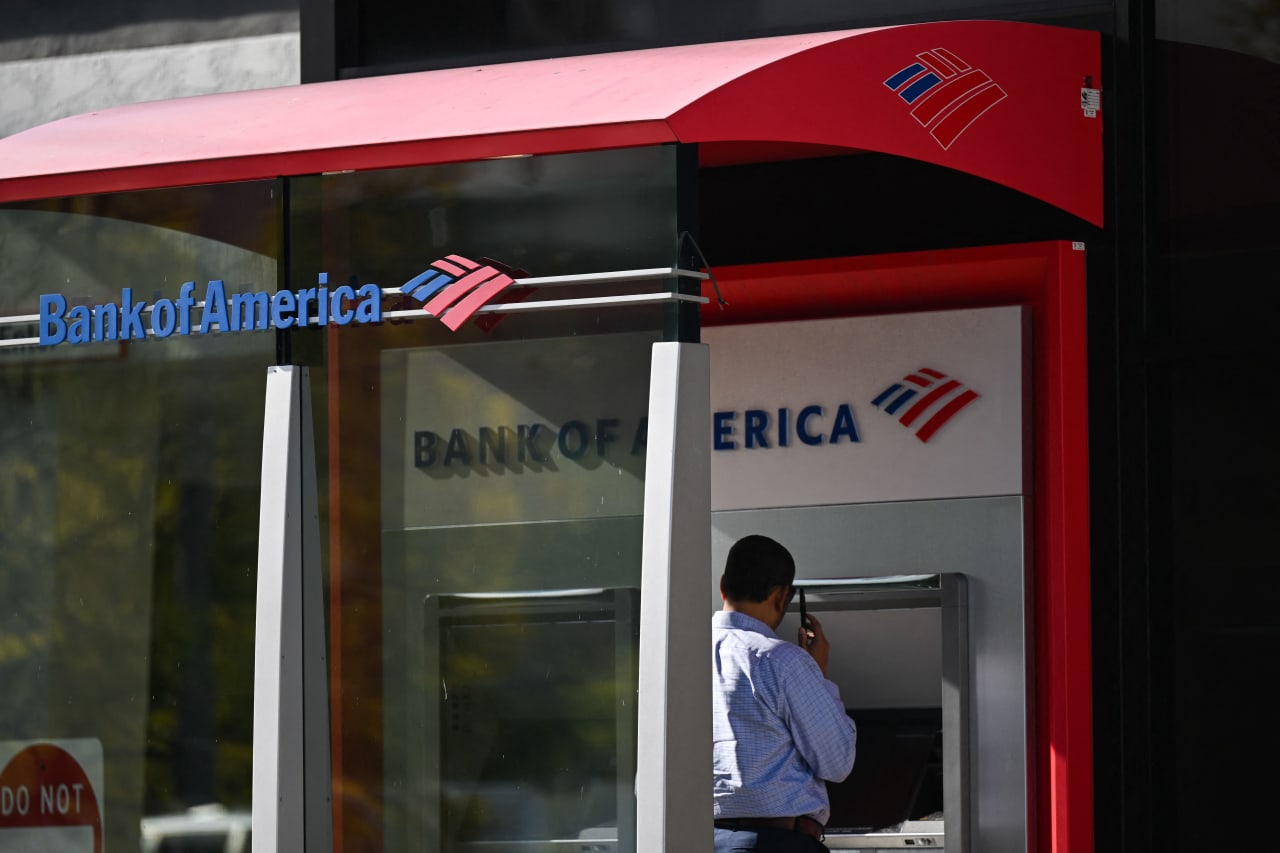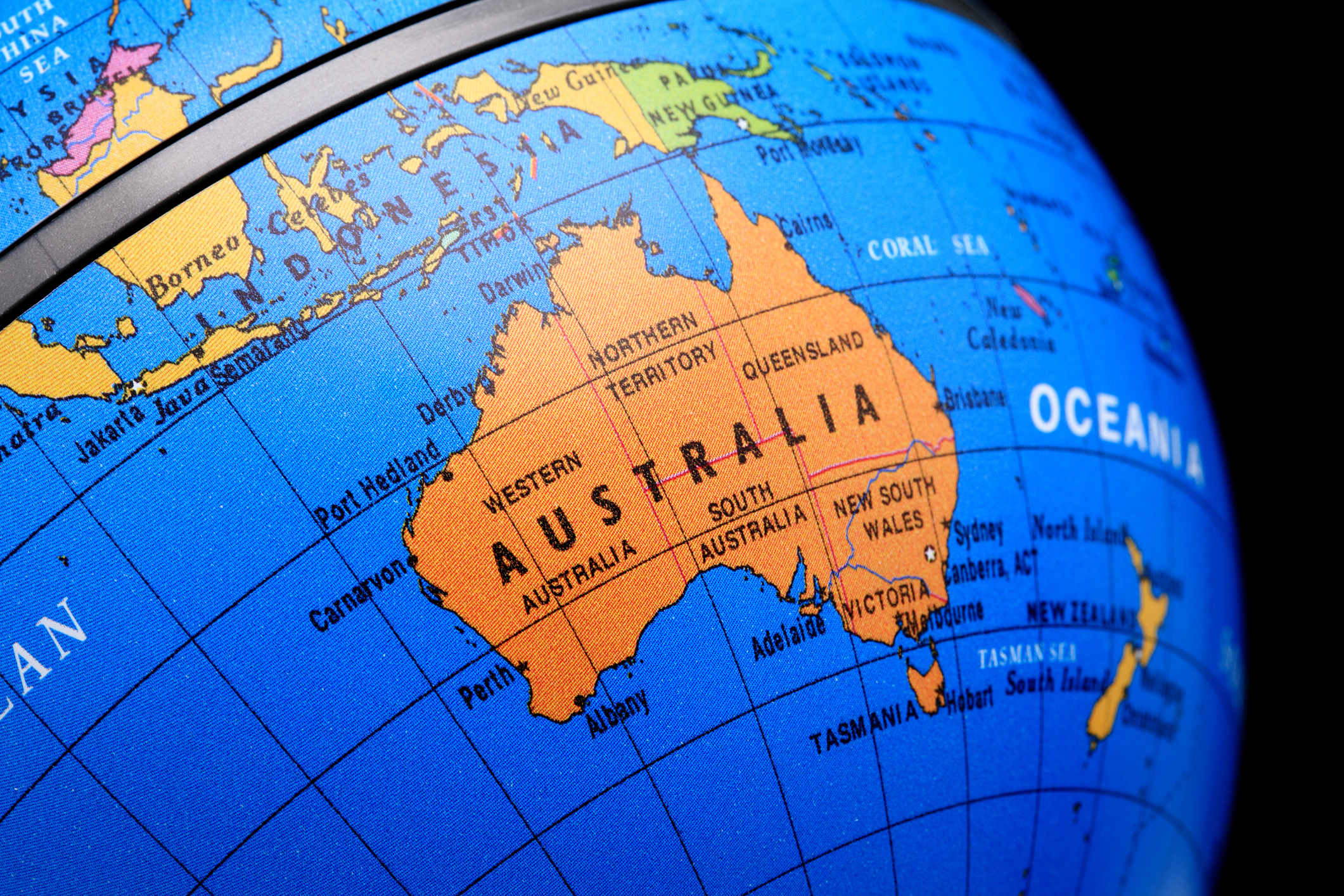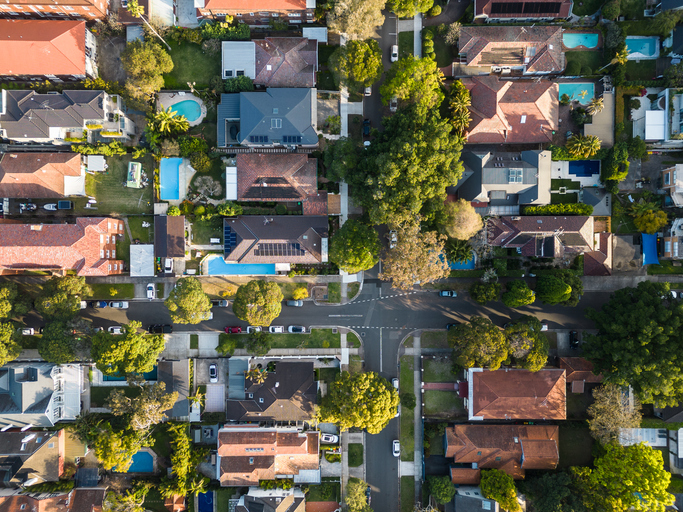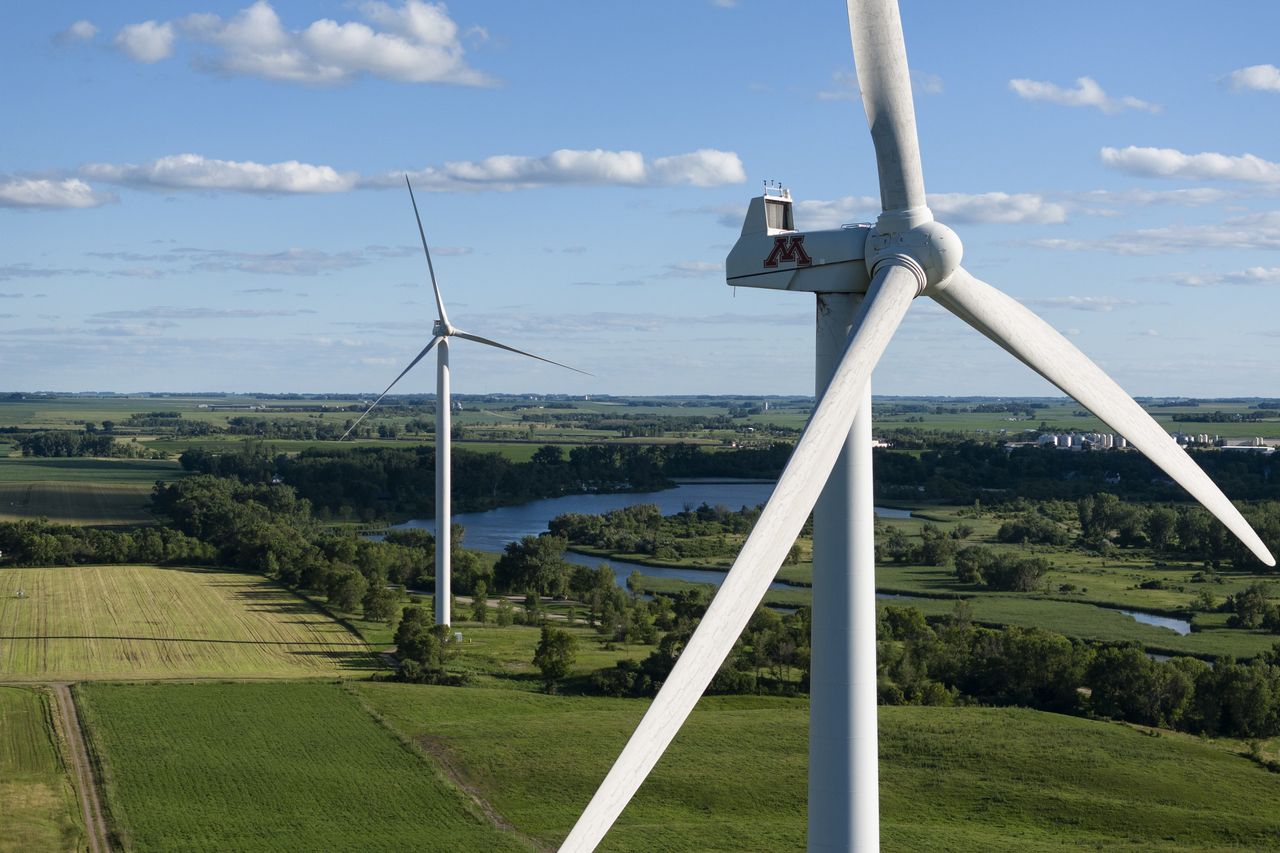Living Paycheck to Paycheck Is Common, Even Among Those Who Make More Than $100,000
Many Americans are living in financial distress, at least some of the time.
That’s the message of a recent Harris Poll, and it’s bad news for economic growth.
About 65% of working Americans say they frequently live paycheck to paycheck, according to a recent survey of 2,105 U.S. adults conducted by The Harris Poll, asking questions supplied by Barron’s. About 30% of households report that they run out of money at the end of every month, while 35% say they don’t have money left at the end of most months.
While the number of people living on the edge financially has an immediate effect on household well-being, there are also longer term economic costs, including higher debt levels and uneven retirement readiness. Those trends could also dampen overall economic growth.
Unsurprisingly, people earning less tend to struggle more, but even those considered well off are vulnerable to paycheck shocks. About 78% of Americans earning less than $50,000 a year report they live paycheck to paycheck, according to the survey. Yet 51% of Americans who make more than $100,000 a year say they still run out of money.
Living paycheck to paycheck is a fairly “ubiquitous” circumstance, says Fiona Greig, Vanguard’s global head of investor research and policy. That’s because U.S. adults generally tend to need a bigger cash buffer than they anticipate. Additionally, she says, many consumers are facing higher living expenses as inflation erodes their purchasing power.
The latest Harris survey data show a higher percentage of Americans living paycheck to paycheck than the roughly 60% reported in August in the Reality Check: Paycheck-To-Paycheck research series. The difference likely is due to differences in the survey population, and rising energy costs that hit consumers’ budgets in recent weeks. At the end of September, gasoline averaged $3.83 a gallon nationally, two cents more than in August, and seven cents more than a year earlier, according to AAA.
Data from the Reality Check series have oscillated since the Covid pandemic started. About 66% of those surveyed in March 2020 said they were spending down their paychecks. Some 52% of Americans were in such straits in April 2021, shortly after the most generous round of federal stimulus checks went out. The latest share, at 60%, is little-changed from the prior year.
Although generous government stimulus programs boosted consumers’ savings during the Covid pandemic, those outlays have waned. The Federal Bank of San Francisco estimated that Americans accumulated $2.1 trillion in total excess savings during the pandemic. Only about $190 billion remained on consumer balance sheets as of June, the bank estimated.Researchers anticipate the data will show that excess savings were gone completely as of the end of September.
Overall inflation also has taken a toll, leaving Americans with less purchasing power. Although headline inflation, as measured by the Consumer Price Index, has fallen from a high of 9% recorded in June 2022, prices climbed at a 3.7% annual pace in September, well above the Federal Reserve’s desired 2% target.
Even as Americans draw down their savings, they aren’t refilling their coffers. The U.S. personal savings rate—the percentage of disposable personal income to total income—was 3.9% in August, according to the Bureau of Economic Analysis. While that is 0.7 percentage points higher than a year ago during a higher-inflation period, the current rate is well below prepandemic averages.
Diminished savings suggest Americans are relying on more credit now than during the pandemic, and data bear that out. Total U.S. credit-card debt hit a record of $1.03 trillion during the second quarter, according to the Federal Reserve Bank of New York.
A slower rate of savings and a higher level of borrowing have longer term consequences for many Americans. Vanguard’s research indicates that even with the influx of cash during the pandemic, the vast majority of Americans aren’t on track to meet their spending needs in retirement, and that’s after including Social Security income and private savings. The problem is particularly acute for lower-income families.
Social Security benefits replace about 62% of the retirement income that families earning roughly $22,000 a year need once they no longer are working, Vanguard reported. Yet even higher-income Americans rely on Social Security. Families earning about $173,000 a year draw about 18% of their retirement income from Social Security, according to Vanguard.
Social Security is inflation-protected, but cost-of-living adjustments affect the amount of benefits paid, and as a result, impact the program’s projected long-term solvency. Social Security benefits are set to rise 3.2% for 2024, increasing the average monthly payment of $1,790 by $57.
The high percentage of financially vulnerable Americans, whether working or retired, poses broader problems. Consumer spending accounts for about 70% of the U.S. economy. If Americans pull back on their household spending because they need to pay interest on their credit cards or loans, or because they don’t have enough saved to live in retirement, that could impact the nation’s growth.
So far, most Americans have kept up with their debt payments while continuing to spend. Overall delinquencies were largely in check as of the second quarter.
The robust labour market has helped: The U.S. economy added 336,000 jobs in September, well above expectations. Even so, the imbalance between labour demand and supply continues to narrow, Fed Vice Chair Philip Jefferson said in a speech last Monday.
“We’re at kind of a turning point in our economy,” Greig says, noting that this could be an inflection point for consumers.
 Copyright 2020, Dow Jones & Company, Inc. All Rights Reserved Worldwide. LEARN MORE
Copyright 2020, Dow Jones & Company, Inc. All Rights Reserved Worldwide. LEARN MORE
This stylish family home combines a classic palette and finishes with a flexible floorplan
Just 55 minutes from Sydney, make this your creative getaway located in the majestic Hawkesbury region.
When will Berkshire Hathaway stop selling Bank of America stock?
Berkshire began liquidating its big stake in the banking company in mid-July—and has already unloaded about 15% of its interest. The selling has been fairly aggressive and has totaled about $6 billion. (Berkshire still holds 883 million shares, an 11.3% interest worth $35 billion based on its most recent filing on Aug. 30.)
The selling has prompted speculation about when CEO Warren Buffett, who oversees Berkshire’s $300 billion equity portfolio, will stop. The sales have depressed Bank of America stock, which has underperformed peers since Berkshire began its sell program. The stock closed down 0.9% Thursday at $40.14.
It’s possible that Berkshire will stop selling when the stake drops to 700 million shares. Taxes and history would be the reasons why.
Berkshire accumulated its Bank of America stake in two stages—and at vastly different prices. Berkshire’s initial stake came in 2017 , when it swapped $5 billion of Bank of America preferred stock for 700 million shares of common stock via warrants it received as part of the original preferred investment in 2011.
Berkshire got a sweet deal in that 2011 transaction. At the time, Bank of America was looking for a Buffett imprimatur—and the bank’s stock price was weak and under $10 a share.
Berkshire paid about $7 a share for that initial stake of 700 million common shares. The rest of the Berkshire stake, more than 300 million shares, was mostly purchased in 2018 at around $30 a share.
With Bank of America stock currently trading around $40, Berkshire faces a high tax burden from selling shares from the original stake of 700 million shares, given the low cost basis, and a much lighter tax hit from unloading the rest. Berkshire is subject to corporate taxes—an estimated 25% including local taxes—on gains on any sales of stock. The tax bite is stark.
Berkshire might own $2 to $3 a share in taxes on sales of high-cost stock and $8 a share on low-cost stock purchased for $7 a share.
New York tax expert Robert Willens says corporations, like individuals, can specify the particular lots when they sell stock with multiple cost levels.
“If stock is held in the custody of a broker, an adequate identification is made if the taxpayer specifies to the broker having custody of the stock the particular stock to be sold and, within a reasonable time thereafter, confirmation of such specification is set forth in a written document from the broker,” Willens told Barron’s in an email.
He assumes that Berkshire will identify the high-cost Bank of America stock for the recent sales to minimize its tax liability.
If sellers don’t specify, they generally are subject to “first in, first out,” or FIFO, accounting, meaning that the stock bought first would be subject to any tax on gains.
Buffett tends to be tax-averse—and that may prompt him to keep the original stake of 700 million shares. He could also mull any loyalty he may feel toward Bank of America CEO Brian Moynihan , whom Buffett has praised in the past.
Another reason for Berkshire to hold Bank of America is that it’s the company’s only big equity holding among traditional banks after selling shares of U.S. Bancorp , Bank of New York Mellon , JPMorgan Chase , and Wells Fargo in recent years.
Buffett, however, often eliminates stock holdings after he begins selling them down, as he did with the other bank stocks. Berkshire does retain a smaller stake of about $3 billion in Citigroup.
There could be a new filing on sales of Bank of America stock by Berkshire on Thursday evening. It has been three business days since the last one.
Berkshire must file within two business days of any sales of Bank of America stock since it owns more than 10%. The conglomerate will need to get its stake under about 777 million shares, about 100 million below the current level, before it can avoid the two-day filing rule.
It should be said that taxes haven’t deterred Buffett from selling over half of Berkshire’s stake in Apple this year—an estimated $85 billion or more of stock. Barron’s has estimated that Berkshire may owe $15 billion on the bulk of the sales that occurred in the second quarter.
Berkshire now holds 400 million shares of Apple and Barron’s has argued that Buffett may be finished reducing the Apple stake at that round number, which is the same number of shares that Berkshire has held in Coca-Cola for more than two decades.
Buffett may like round numbers—and 700 million could be just the right figure for Bank of America.
This stylish family home combines a classic palette and finishes with a flexible floorplan
Just 55 minutes from Sydney, make this your creative getaway located in the majestic Hawkesbury region.






















